April 21, 2025 | 04:50 GMT +7
April 21, 2025 | 04:50 GMT +7
Hotline: 0913.378.918
April 21, 2025 | 04:50 GMT +7
Hotline: 0913.378.918
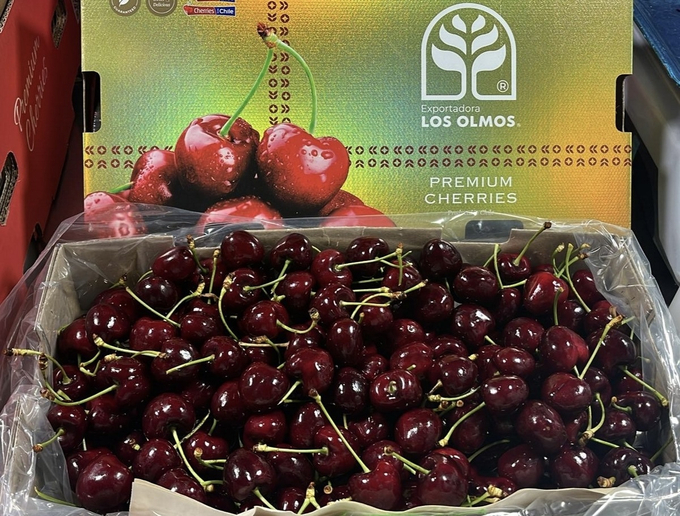
Chilean imported cherries are priced at their lowest in many years, with small-sized cherries being sold for 5.9 USD at a market in Ho Chi Minh City. Photo: Freshplaza.
Cherries, one of Chile's major export products, are currently facing a significant price reduction. In Vietnam, small-sized Chilean cherries are being sold for 5.9 USD/kg at various markets and online retail platforms. Meanwhile, larger cherries are priced between 7.1 USD and 8.6 USD per kilogram. These prices are 20-25% lower compared to 2024, marking a decline of 14 USD since January 2025.
Mr. Nguyen Van Thanh, a fruit importer in Ho Chi Minh City, explained that the Chinese market, which is the main consumer of Chilean cherries, has recently implemented stricter quality regulations, leading to an oversupply of cherries. As a result, exporters are now shifting their fruit to other markets, including Vietnam, offering competitive prices to attract consumers.
This year, Chile's cherry exports have seen a remarkable increase of 60% compared to 2024. However, the volume of cherries sent to China has not been fully consumed, creating a surplus. "In previous years, the growth rate was lower and the market was able to absorb the available supply. However, this year, the excess production has resulted in a sharp 50% decrease in cherry prices, which has severely affected producers, exporters, and importers alike", said Mr. Luis Ahumada, Director of Los Olmos Fruit Export Company.
In addition to the oversupply, there was an unfortunate technical issue involving the Maersk Saltoro, a vessel carrying 1.300 containers of Chilean cherries bound for China. The ship encountered problems near Micronesia on January 13, causing significant delays in its journey, which stretched beyond the Lunar New Year period. This delay further contributed to the drop in cherry prices. Furthermore, these containers will need to undergo re-inspection. There is a high likelihood that these cherries will be rejected if they fail to meet the required quality standards.
In response to these difficulties, Los Olmos has decided to adopt a number of strategies to mitigate the negative impact. These include reducing the yield per hectare, focusing on producing cherries with higher quality and enhancing the firmness of the fruit to meet the high standards expected in the market. "China only accepts cherries that are of very high quality", Mr. Ahumada pointed out. "The company is also exploring opportunities to expand into other markets in order to reduce its dependency on China and diversify its export options".
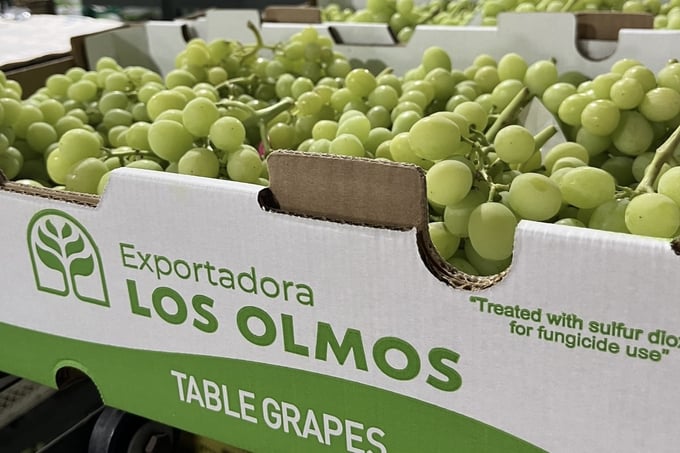
Chile là một trong những quốc gia xuất khẩu nho lớn nhất thế giới, chủ yếu là nho tươi và nho khô. Ảnh: Freshplaza.
The Chilean fresh grape market is experiencing a significant and robust recovery after facing the challenges posed by the pandemic and logistical issues during the 2021-2022 season. In 2024, the price of Chilean grapes recorded a remarkable increase of 30-40%, reaching a historic high that has not been seen in the past 15 years. The main export markets for Chilean grapes include Europe, North America, and Asia, while efforts are also being made to expand into the Latin American market.
However, despite this positive growth, the Chilean grape export sector still faces several significant challenges. One of the key obstacles is the increased cost of production due to the need for effective pest control measures and addressing sanitary concerns. For example, tackling issues related to the invasive Drosophila suzukii fruit fly has led to higher costs for growers.
Moreover, Chile also faces competition from other grape-producing countries in the Southern Hemisphere, which impacts its ability to maintain and expand its market share. In order to achieve continued sustainable growth, the Chilean grape industry will need to focus on improving production efficiency, enhancing product quality, meeting the increasingly demanding requirements of consumers and international markets.
Translated by Phuong Linh
/2025/04/18/0614-0-nongnghiep-120604.jpg)
(VAN) Cashew nuts are not only a nutritious food but also a golden raw material in both cuisine and export, contributing to elevating Vietnamese agricultural products onto the global stage.
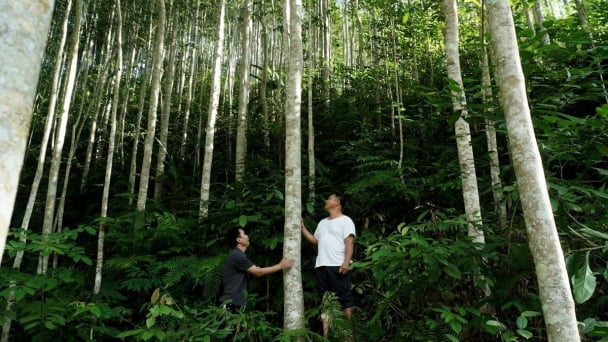
(VAN) Orders from wood processing businesses in Bac Kan Province for export to the U.S. have been cancelled or suspended, even all orders cancelled in some cases.

(VAN) Vietnam is regarded as one of the gateways to enter the Halal market in the Asia-Pacific region, which has the world’s largest Muslim population.

(VAN) With an annual production scale of around 5 million tons, Vietnam has enough potential to transform rice bran into a key export commodity if combined with deep processing.
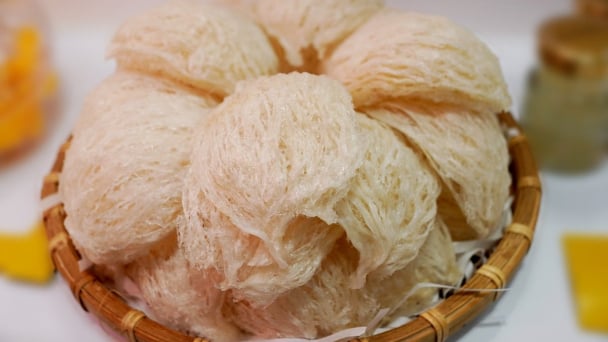
(VAN) As the world’s largest consumer of bird’s nest products, China is gradually becoming a 'golden' market for Vietnamese bird’s nests.
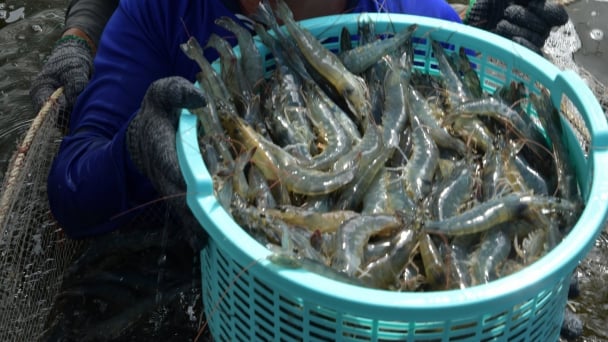
(VAN) Deputy Minister Phung Duc Tien has directed the fishery sector to diversify its farming objectives during the conference reviewing Q1 performance and outlining tasks for April and Q2/2025.

(VAN) Consumption and production falls in almost every market as industry fears a ‘generational’ change in drinking habits.